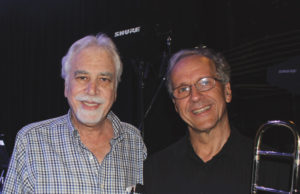According to the 2017 Global Benefits Attitudes Survey released in late November by Willis Towers Watson, only about a third of all US employees are satisfied with their financial situation. The results demonstrate a reversal from improvements in employee attitudes since 2009.
Of the 4,983 participants surveyed in July and August, 59% say they worry about their future financial state, compared to 49% just two years ago.
A growing proportion, 34%, say current financial concerns—stagnate wages, health care costs, and the erosion of pension plan coverage—are negatively affecting their lives and ability to do their best work.
Seven out of 10 report high or above average stress levels and 30% describe their health as poor. In contract, those who have no money problems were in very good health (55%) or good health (35%), with just 5% reporting high stress.





